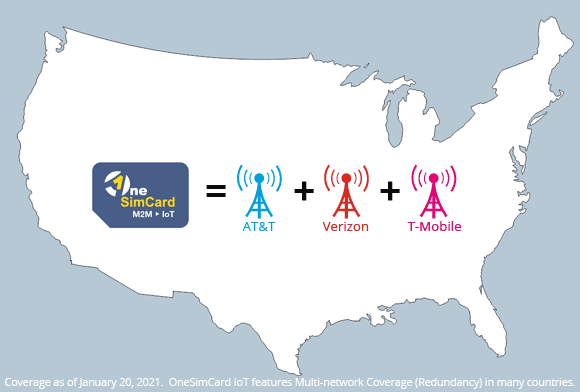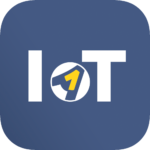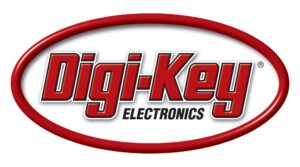
Radio frequencies can be thought of as Real Estate in the world of mobile communications. Like Real Estate there is only so many radio frequencies available. This finite resource can, therefore be either very expensive to buy new licenses or impossible because there are no licenses available for “new” frequencies (aka Bands).
As Mobile Network Operators (MNO’s) introduce new technology, or generations of data transmission methods, the MNO’s have to find a band they license to utilize for that new technology like 5G. Data transmission technology is always evolving, and since there are finite resources there is a need to “re-farm” the bands on which they hold licenses to operate these newer technologies. This is the fundamental reason why old technology like 3G are being shutdown (or “sunsetted”).
In the next few years, we expect there will be many MNO’s sunsetting 3G. Here is a list of some MNO’s and the probable date of their 3G sunset:
| Country | Network | Probable 3G Sunset |
| Australia | Telstra Corporation Limited | June 2024 |
| Canada | Rogers Communications Canada Inc. | 2025 |
| China | China Mobile | 2020 |
| Denmark | Telia | 2023 |
| Denmark | TT-Netværket P/S | starts April 2021 |
| Finland | TeliaSonera Finland Oyj | 2023 |
| Germany | Telefónica Germany GmbH & Co. oHG | 2022 |
| Germany | Vodafone D2 GmbH | June 2021 |
| Greece | Vodafone Greece | 2022 |
| India | Airtel | 2020 |
| Indonesia | PT Indonesian Satellite Corporation Tbk (INDOSAT) | 2020 |
| Indonesia | Telkomsel Indonesia | 2020 |
| Iraq | Telecom Ltd | 2020 |
| Italy | Vodafone Italia S.p.A. | January 2021 |
| Japan | NTT DoCoMo, Inc. | March 2026 |
| Lithuania | Telia Lietuva | 2022 |
| Malaysia | DiGi Telecommunications | 2021 |
| Malaysia | Maxis Communications Berhad | 2021 |
| Myanmar | Telenor Myanmar | 2025 – 2027 |
| Netherlands | KPN Mobile The Netherlands B.V. | January 2022 |
| Netherlands | Vodafone Libertel B.V. | 2020 |
| Norway | TeliaSonera Norge AS | 2020 |
| San Marino | Vodafone Italia S.p.A. | 2021 |
| Saudi Arabia | Saudi Telecom Company | 2022 |
| Spain | Telefónica Móviles España | 2025 |
| Sweden | TeliaSonera Sverige AB | 2025 |
| Taiwan | Taiwan Mobile Co. Ltd | 2019 |
| United States | AT&T | February 2022 |
| United States | T-Mobile 3G | July 1, 2022 |
| United States | Verizon Wireless | Announced 2020 – Pushed |
| Vatican City | Vodafone Italia S.p.A. | 2021 |
If you are operating IoT devices on these networks, you will need to address the situation and upgrade your devices before the network closes.
We have helped many clients with this transition and we would be happy to have a conversation with you to explore your options. For example, if you are operating a fleet tracking solution on 3G telematics devices in the USA and you need to move to 4G we currently provide service on all 3 major US networks (AT&T, T-Mobile and Verizon) on a single SIM card with a single APN. Of course, we offer many other countries on that same single SIM and single APN.
Contact one of our experts by email at sales@onesimcard.com to see if you qualify for free SIM cards as you transition.





 Digi-Key Electronics
Digi-Key Electronics